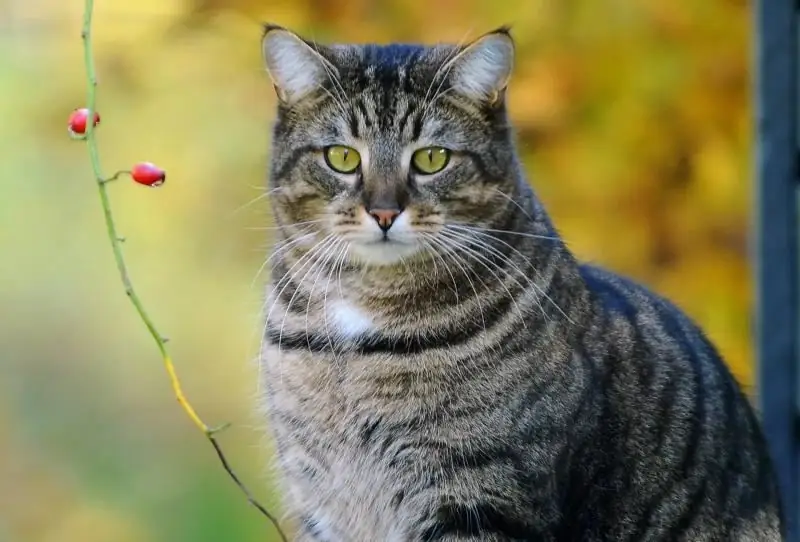
Table of contents:
- Author Bailey Albertson [email protected].
- Public 2024-01-17 22:26.
- Last modified 2025-06-01 07:32.
How to get rid of cat dandruff: a review of effective methods
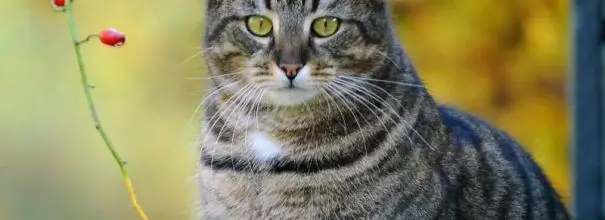
Sometimes the owner may notice dandruff on the cat's fur. Understanding the reasons why it has arisen, a person will be able to return the pet to its previous glossy appearance, as well as protect it from health problems, whose manifestation in most cases is dandruff.
Content
-
1 What does cat dandruff look like and where does it appear?
- 1.1 Types of dandruff
- 1.2 Photo gallery: types of dandruff
- 2 When is dandruff the norm
-
3 In what cases does the presence of dandruff indicate a disease
- 3.1 When to see your veterinarian
-
3.2 Use of veterinary drugs and medical shampoos
3.2.1 Table: Overview of remedies for treating dandruff in cats
- 3.3 The use of traditional medicine
- 4 Prevention of dandruff
- 5 Is seborrhea in a cat dangerous for humans
- 6 Recommendations from veterinarians
What does cat dandruff look like and where does it appear?
Cats have several types of dandruff, which is formed due to increased desquamation of the upper stratum corneum of the skin - the epidermis. The epidermis is constantly renewing, so a small amount of dandruff is normal.
The increased formation of dandruff indicates seborrhea - a violation of the activity of the sebaceous glands
Seborrhea happens:
- primary, being an independent disease, which is very rare. An example is idiopathic seborrhea, which is diagnosed by excluding all other conditions;
- secondary - appears due to the presence of an underlying disease.
Most often, dandruff in cats occurs in areas with an increased concentration of sebaceous glands:
- on the face;
- on the chin;
- back of the back;
- at the base of the tail.
With a more pronounced dysfunction of the sebaceous glands, dandruff is visible on other parts of the cat's body.
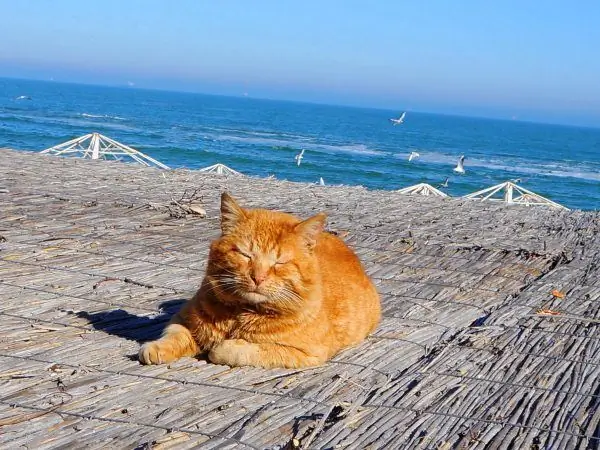
A cat's love for sunbathing can lead to dandruff
Types of dandruff
Dandruff is distinguished:
-
depending on the type of seborrhea:
- dry seborrhea is characterized by the presence of many white detached epidermal scales on the surface of the cat's skin, as well as in its fur, which easily crumble if you hold your hand against the animal's fur and remain at the pet's resting place. Dandruff is especially visible with dry seborrhea on dark-colored pets. The coat becomes thin and brittle and may fall out. Dry seborrhea is formed due to insufficient production of the secretion of the sebaceous glands;
- oily seborrhea - dandruff with it is a layer of the epidermis, glued together with sebum. The appearance of the coat changes - it looks like it is wet and can stick together into "icicles", especially at the base of the tail on the back, as well as behind the ears. After stroking such wool, the palm shines. Dandruff with oily seborrhea is sticky and can form small, palpable bumps under the cat's coat. If you move the coat apart, you can see the dilated mouths of the sebaceous glands and often redness as a sign of inflammation, since oily dandruff promotes the growth of microbial flora, and acne and seborrheic dermatitis easily develop against it with a transition to eczema. With oily seborrhea, the amount of secretion of the sebaceous glands is increased, and dandruff with it is either thick or liquid;
- with a mixed form of seborrhea, a pet has a joint presence of both dry and oily dandruff;
-
by color:
- white dandruff - with dry seborrhea, also called dry dandruff;
- dark dandruff - indicates a cat infection with a fungal infection or external parasites.
Photo gallery: types of dandruff
-

Dry dandruff on a cat's fur - With dry seborrhea, white dry horny scales of the epidermis are visible on the coat
-

Skin with oily seborrhea under enlargement - With oily seborrhea, the detached scales of the epidermis stick together into layers with sebum, the skin is inflamed, since excess sebum promotes the reproduction of microbes
-

Dark dandruff in a cat -
Dark dandruff in this case indicates flea dermatitis; also dark dandruff can be with fungal skin infections
-

Purulent pyoderma of the chin in a cat - Oily seborrhea is easily complicated by secondary pyogenic bacterial flora
When is dandruff the norm?
In some cases, dandruff is considered a physiological norm:
- when molting;
- when the temperature and humidity of the air change, for example, when the season changes in cats that are often outdoors or when conditions change when keeping a room cat;
- with excessive insolation, dandruff forms in areas with less dense hair - behind the ears and on the ears, in the nose, on the face;
- in dry air in the room where the cat is kept;
- in hairless cats, an increased secretion of sebum is considered a physiological norm, so they are often bathed.
In these cases, the amount of dandruff increases very moderately and is not excessive.

Increased sebum production in hairless cats is a physiological norm.
When does the presence of dandruff indicate a disease?
In most cases of its appearance, dandruff is a consequence of secondary seborrhea and a symptom of another disease, possibly latent:
- endocrine disorders, often with thyroid pathology or dysfunction of the gonads;
- allergic conditions, food ingredients, cat care products and other factors can act as allergens;
- fungal skin lesions, often caused by ringworm;
- obesity, in which the cat cannot fully groom its coat, especially on the back and lower back, because it becomes clumsy and cannot reach;
- joint diseases, which also prevent the cat from self-grooming due to joint pain that limits the cat's mobility, while the sacrum, tail and back are covered with dandruff;
- the presence of skin parasites, fleas and ticks that irritate the cat's skin, and can also cause allergies to the components of their saliva and secretions;
- diseases of the digestive system, which result in metabolic disorders, especially of the liver and pancreas;
- chronic viral diseases such as feline viral leukemia;
-
unbalanced diet, deficient:
- vitamins, especially A and group B;
- polyunsaturated fatty acids;
- minerals and trace elements;
- stress;
- blockage of the paraanal glands, in which an oily form of seborrhea often develops.
In some cases, seborrhea may indicate improper care of the cat, for example, frequent bathing or the use of an unsuitable pet shampoo that dries out the cat's skin.
When dandruff develops, the following signs may attract the wearer's attention:
- a change in the smell of a cat due to the presence of a secondary infection with fungal and bacterial flora; the smell is rotten or moldy, and its intensity depends on the severity of microbial or fungal contamination;
- anxiety or resistance of the cat when feeling certain parts of the body, if you move the coat apart, you can see dry or oily skin with signs of redness and irritation, and if you pay attention to the skin folds on the cat's stomach and paws, you can see signs of acute or chronic inflammation skin - dermatitis.
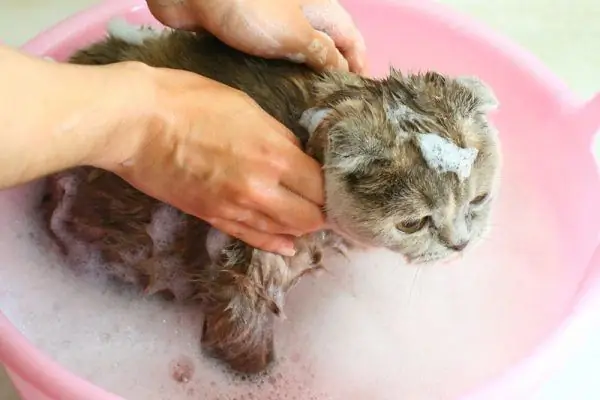
For the treatment of dandruff, anti-seborrheic shampoos are used that regulate the activity of the sebaceous glands.
When to see your veterinarian
A veterinarian should be consulted in all cases of dandruff to determine its cause, since dandruff is often a symptom of a general disease, including contagious, such as ringworm, transmitted to both humans and other animals.
The veterinarian examines the cat, interviews the owner and performs additional diagnostic tests:
- general blood analysis;
- blood chemistry;
- a blood test for hormones;
- carrying out skin scrapings with their subsequent microscopy;
- bacteriological research - sowing flora on a culture medium to identify the pathogen, most often used to isolate the causative agent of ringworm in the latent form of the course of the disease;
- sometimes a biopsy of the affected skin is performed to clarify the nature of the inflammation.

A veterinarian's consultation is necessary if dandruff is found in a pet
Use of veterinary drugs and medical shampoos
Since dandruff is caused by various reasons, then its treatment is carried out by means of different therapeutic orientations.
In cases where dandruff is caused by secondary seborrhea, the leading role belongs to the treatment of the underlying disease; otherwise, after a short-term improvement after using zooshampoos, dandruff will return
In the treatment of dandruff, the following are used:
-
anti-seborrheic shampoos that regulate sebum production:
- Anti-Dandruff from Beaphar;
- shampoo Doctor;
- shampoo Cytoderm;
- dry shampoo Tropiclin;
- other means;
-
antiparasitic agents for fleas and ticks:
- Frontline spot it;
- Phyprex 75;
- other means;
-
retinoids - to regulate the processes of keratinization of the skin:
- isotretinoin;
- etretin;
-
antimicrobial and antifungal drugs for secondary infection, for example:
- Sinulox - with bacterial flora;
- itraconazole - for fungal;
-
food additives with polyunsaturated fatty acids:
- Omega-3 Pet;
- SOS salmon oil;
- other means.
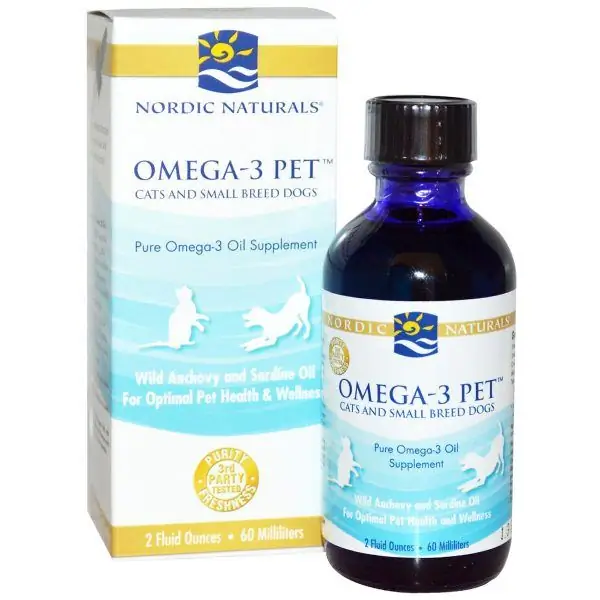
Due to the content of polyunsaturated fatty acids, fish oil preparations improve the condition of the skin with dry seborrhea
Table: An overview of remedies for treating dandruff in cats
| A drug | Structure | Operating principle | Price, rub |
| Shampoo Doctor | Benzoyl peroxide, sodium lauryl sulfate, coconut oil | Removes exfoliated epidermis, skin secretions, normalizes the activity of the sebaceous glands, has anti-inflammatory and antipruritic effects; deodorizes wool; after using the shampoo, the effectiveness of external antibacterial and antiparasitic drugs increases; reduces the amount of pathogenic microflora present on the skin. Used for treatment every day or with an interval of 1-3 days; when peeling of the skin increases, apply once every 5-7 days | 265 |
| Shampoo Cytoderm | Climbazole, zinc pyrithione, aloe vera extract, malic acid | Eliminates dandruff and prevents its recurrence; eliminates dryness and irritation of the skin. Climbazole has antifungal effect; zinc pyrithione regulates the activity of the sebaceous glands and exhibits anti-inflammatory effects; aloe vera has a softening, soothing effect, relieves irritation; malic acid gently exfoliates the top layer of the skin, stimulating its renewal | from 361 |
| Shampoo Tropiclin | Mild organic cleanser based on coconut oil; protein hydrolyzate, cucumber extract, oatmeal | Dry shampoo for cats that don't want to wash; can be used between baths. Eliminates dirt and gland secretions from skin and hair, as well as irritation and flaking. It has a nourishing and moisturizing effect. Eliminates unpleasant odors | 700 |
| Frontline Spot it | Fipronil | Insectoacaricide, eliminates fleas, lice, heyletiella, lice, ticks, including the causative agent of otodectic mange | 335 per pipette |
| Retinoic ointment | Isotretinoin | Eliminates excess sebum production; normalizes regenerative processes in the skin. Not for pregnant women - causes fetal deformities even with topical application | from 230 |
| Sinulox | Amoxicillin, clavulanic acid | Broad-spectrum antibacterial agent. It is impossible during pregnancy | from 192 (tablets 50 mg No. 10) |
| Itraconazole | Itraconazole | Antifungal drug. It is impossible during pregnancy | from 219 |
| Nordic Naturals Omega-3 Pet | Wild anchovy and sardine fat | Food supplement containing polyunsaturated fatty acids necessary for the normal functioning of the skin, joints, heart; improve the coat. It is used for dry seborrhea | 2150 |
The use of traditional medicine
Dandruff drug therapy can be supplemented with the use of traditional medicine:
-
For rinsing cats use herbal infusions:
- burdock - healing and antipruritic action, has a calming effect;
- calendula - has antiseptic and healing properties;
- nettle - regulates the activity of the sebaceous glands, promotes healing, increases skin elasticity;
- mother and stepmothers - anti-inflammatory effect, cleanses the pores of the skin, regulates the activity of the sebaceous glands;
- calamus root (must be grated) - anti-inflammatory, wound healing agent.
-
Preparation of infusion:
- Pour 100 g of dry or 600 g of fresh raw materials with 2 liters of water.
- Bring to a boil and simmer over low heat for 15 minutes.
- Insist for an hour.
- Filter, add water to the required volume.
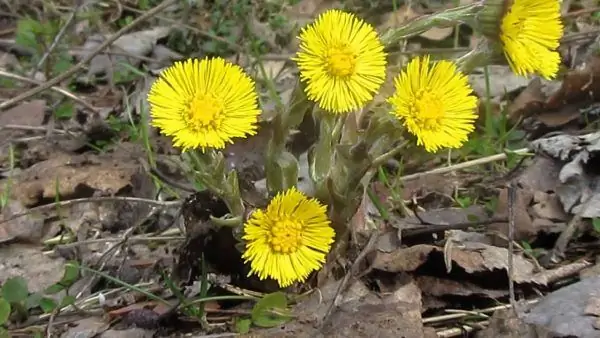
Rinsing with mother-and-stepmother infusion helps to normalize the separation of sebum and eliminate dandruff
Preventing dandruff
Preventive measures for dandruff occurrence include:
- complete and balanced feeding; when feeding with natural products, fish oil and vitamin and mineral complexes are added to the cat's diet; if the cat eats ready-made premium food, then their composition is completely balanced and the introduction of feed additives is performed only by a veterinarian for medical reasons;
- the constant presence of drinking water in the cat, dehydration causes dry skin and dandruff;
- using quality cat care products;
- identification and treatment of chronic diseases;
- timely treatment of allergic reactions;
- normalization of the weight of a cat with obesity;
- timely treatment of the cat's hair with preparations for fleas and ticks;
-
proper grooming of your cat's hair:
- daily brushing of wool;
- bathing a cat once every 2-4 months, hairless cats are bathed every 7-10 days;
- using a soft brush with natural bristles to exfoliate the keratinized plates of the epidermis;
- using only pet shampoos when caring for a cat;
-
if possible, control the impact of external factors on the pet:
- do not allow it to be in direct sunlight for a long time;
- sleep next to heating appliances;
- use a humidifier in the apartment during the heating season;
- limit contact of cats with stray animals to prevent infection by fungi and external parasites.

Daily brushing improves skin and coat condition and prevents dandruff
Is seborrhea in a cat dangerous for humans
By itself, seborrhea and dandruff in a cat are not dangerous for humans, but, given in most cases the secondary nature of seborrhea, which caused its disease, for example, ringworm, is a danger. Therefore, in all cases of dandruff detection in a pet, you should find out its cause, contacting your veterinarian.
Veterinarian recommendations
Dandruff in cats is a consequence of seborrhea, which, in turn, is secondary in most cases and is a symptom of a general disease. Therefore, in all cases of dandruff occurrence, it is necessary to find out its cause. Oily seborrhea is often complicated by purulent dermatitis and eczema, and requires antibiotic therapy. Ringworm, a disease that humans and other animals can get from cats, is also common with dandruff. Dandruff treatment is effective when, together with measures aimed at eliminating dandruff, therapy is carried out and the disease that caused it.
Recommended:
Cat Lichen In Humans: Signs Of Whether The Disease Is Transmitted From An Animal, Features Of The Treatment Of The Cat And The Owner, Prevention, Photo
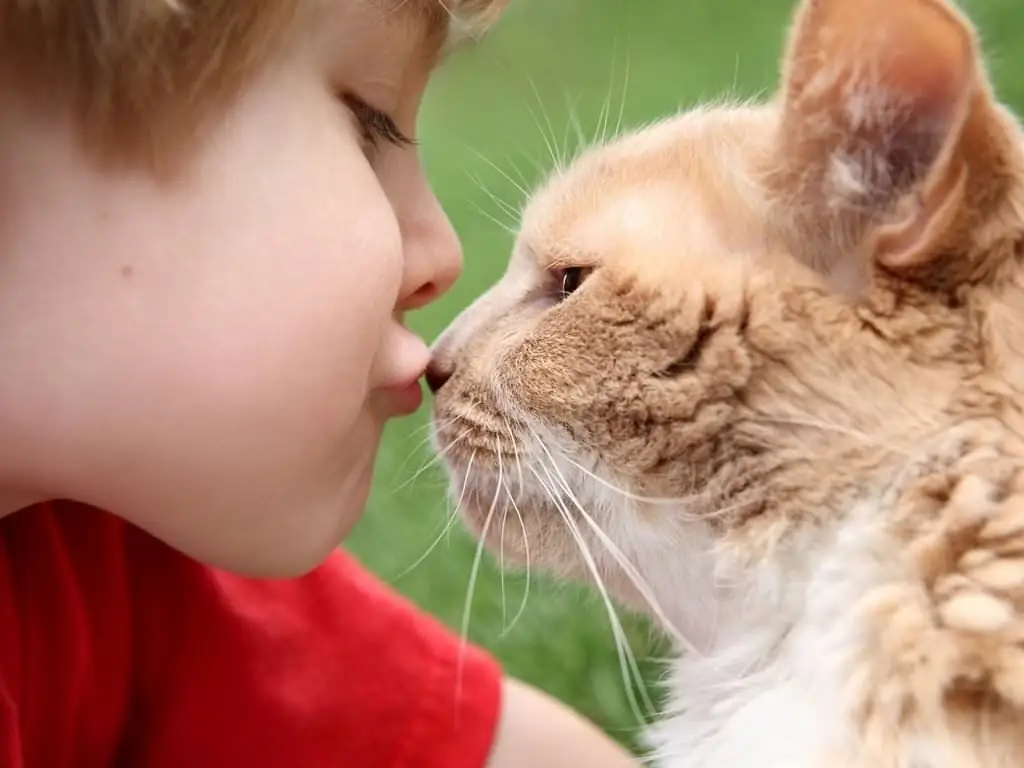
Characteristics of the disease, types, symptoms in cats and humans. Diagnostic rules. Traditional and non-traditional methods of treatment. Prevention rules
Enteritis In Cats: Symptoms, Diagnosis And Treatment (including At Home), Prevention, Recommendations Of Veterinarians
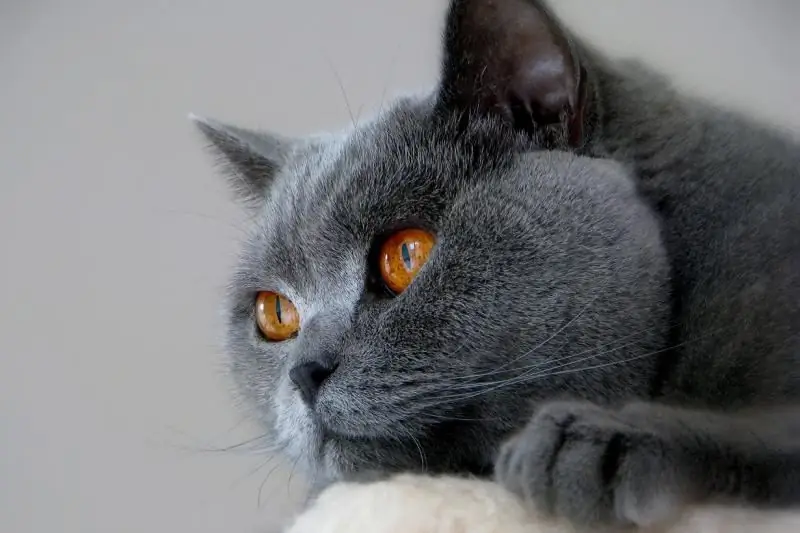
What is viral enteritis. Infection routes. Types of the disease. When to see your veterinarian. How to treat at home. Prevention. Doctor's advice
A Cat Or A Cat Often Goes To The Toilet For A Little Bit: Causes Of Frequent Urination, Diagnosis And Treatment Of Possible Diseases
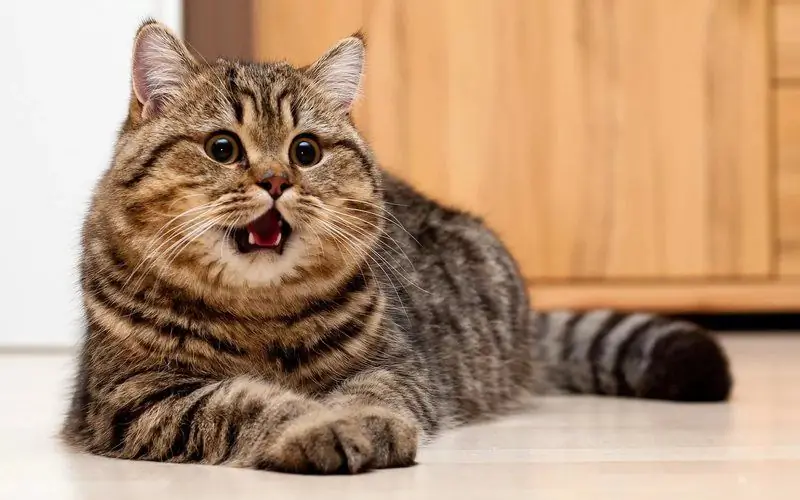
The amount of urination in cats is normal. Frequency of urination is physiological and in case of illness. A sign of what pathologies can be. How to help your pet
Why Does A Cat Or Cat Drool From The Mouth (including Clear As Water): The Causes Of Drooling, What To Do And Whether It Needs To Be Treated
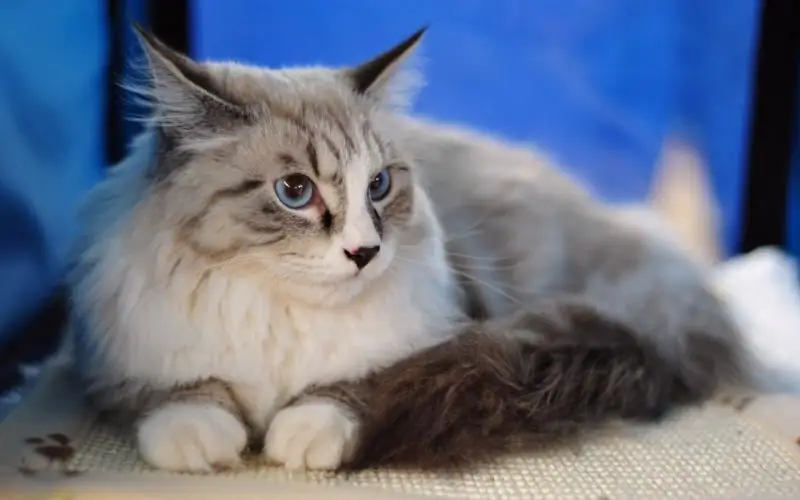
What does a cat's drooling look like? What reasons can cause it and how to install them. When you need a doctor. Preventive measures. Expert recommendations
The Third Eyelid In Cats: What It Is, Photo, Causes Of Inflammation (including When They Close Their Eyes), Treatment And Prevention

How does the blinking membrane of a cat work? Under what conditions its appearance changes. What can be the consequences. When a doctor is urgently needed. Prevention
